IrDA was big in the 1990's, but was supplanted by Bluetooth, WiFi, etc. Still, there are niche applications where IrDA is popular (scuba diving?!), yet few folks make adapters anymore, and used ones might not have drivers supported by your OS.
So why not roll-your-own from a USD $3 "BluePill" and a USD$ 5 IrDA transceiver module? The project presents as USB-CDC and driver support is typically out-of-the-box. Just add protocol stack.
It may also be of interest to those not doing IrDA proper, but just wanting the basic serial connectivity. Say, for gas meters.
 ziggurat29
ziggurat29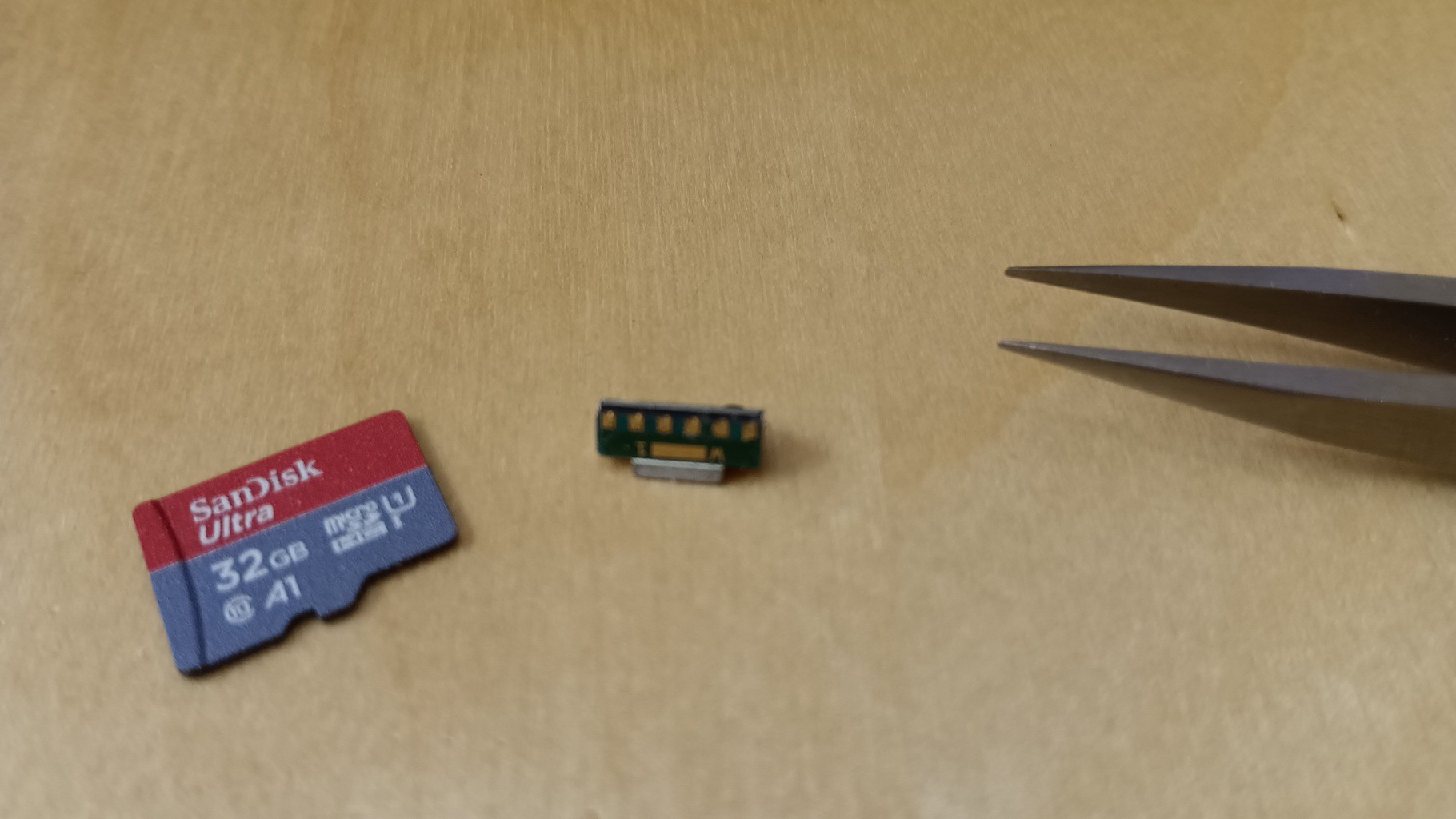
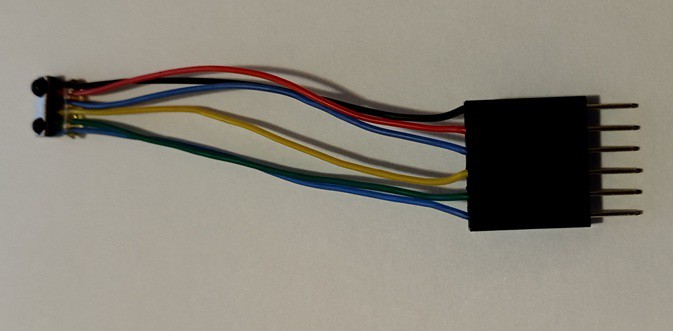
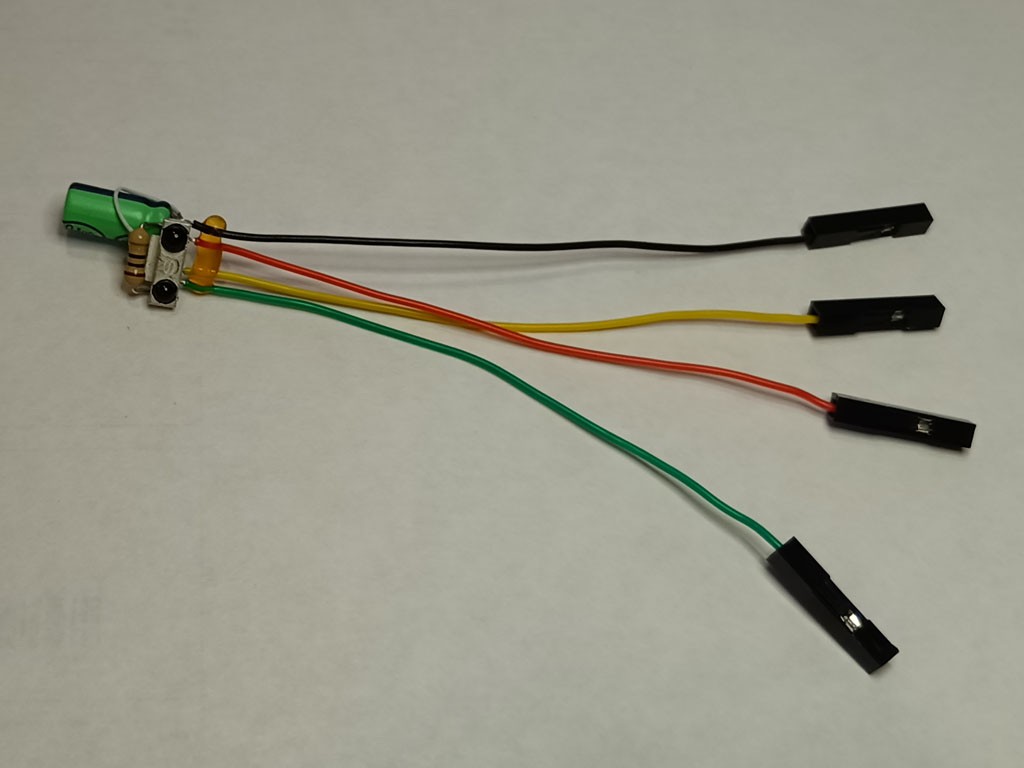
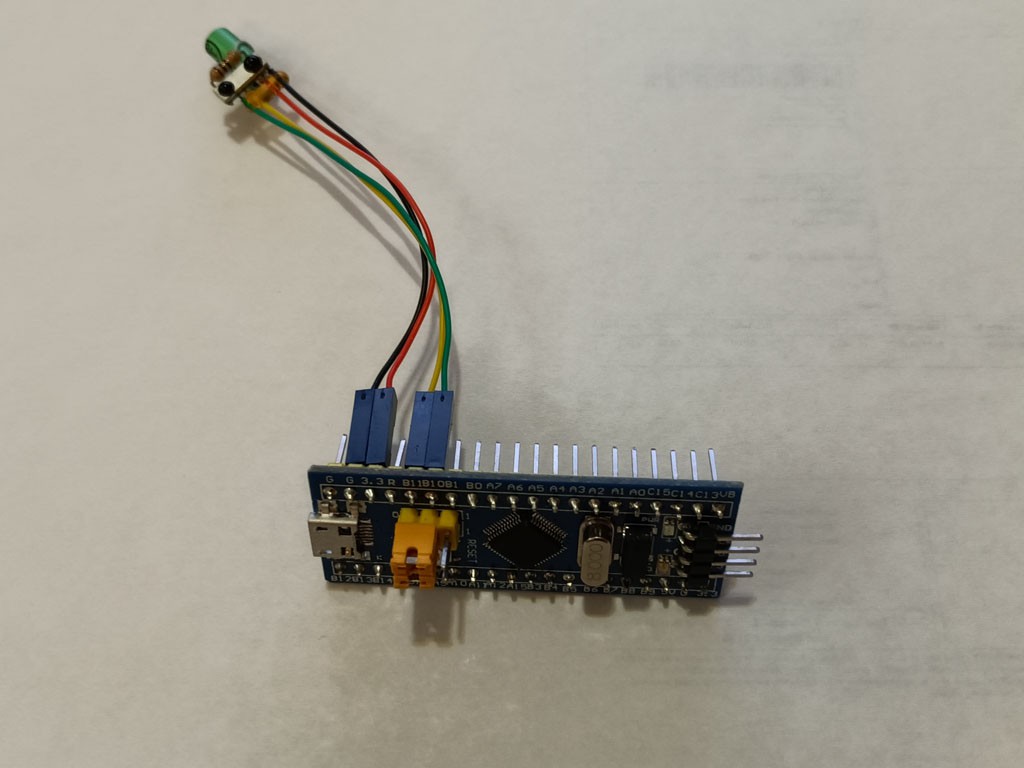
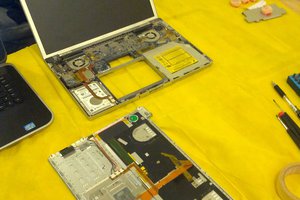
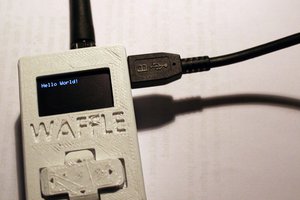
 M.daSilva
M.daSilva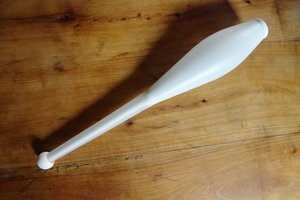
 Laurent
Laurent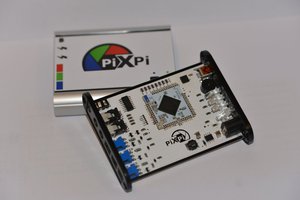
 krzysztof krzeslak
krzysztof krzeslak